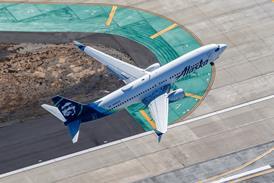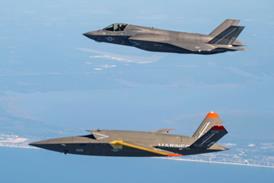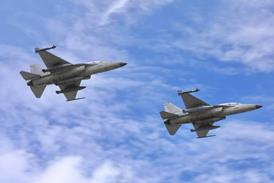FlightGlobal is the global aviation community’s primary source of news, data, insight, knowledge and expertise. We provide news, data, analytics and advisory services to connect the aviation community globally and help organisations shape their business strategies, identify new opportunities and make better decisions faster.
GE Aerospace and Pratt take divergent paths toward developing engines for next narrowbody jets

Airbus and Boeing might still be a decade from finalising their requirements, but CFM International and competitor Pratt & Whitney (P&W) have little time to waste. They face a decision with immense ramifications: dive into developing a radically new powerplant, or invest to update and improve the conventional turbofan architecture.
Keep reading this article by becoming a FlightGlobal member now
PLEASE REGISTER FOR FREE OR SIGN IN TO CONTINUE READING

You have reached your limit of free articles for this period. Register for a FREE account to read this article and benefit from:
- Increased access to online news and in-depth articles from:
- FlightGlobal Premium covering the global aviation industry
- Airline Business providing insight for business leaders
- Weekly newsletters on topics across the industry




















